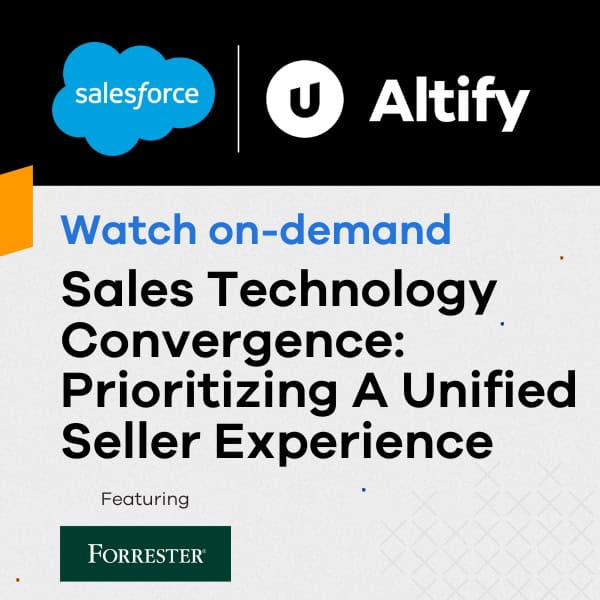Customers care about a product’s benefits – not its features. You should too. It’s not that the technology, or innovation, that’s at the core of your product isn’t important; it’s just that, unless it delivers value to a customer, it doesn’t matter. It’s not that your lower price isn’t advantageous; it’s just that, until you create value in the mind of the buyer, the buyer isn’t interested and any price is too high. That’s the power of a well-crafted value proposition. It expresses your unique value, and gets the customer interested – it’s your promise to deliver.
Before The TAS Group, I ran a consulting organization. A past client of mine had innovative technology. It embedded the heart of a cell-phone into the body of a still, or motion, camera. You could send the camera anywhere that had cell-phone coverage, and, from any Internet station, watch the images it captured. A leading application for this technology is mobile security operations in vehicles.
Larry, who was the CEO of the company, struggled with understanding why he was having difficulty gaining market acceptance. “It’s really advanced technology. Why can’t they understand that?”. On examination, Larry’s value proposition was purely feature-driven; pointing to Larry’s engineering background: “Our product uses IP and GPRS to send digitized video streams over wired or wireless IP networks.” It’s short, encapsulates the key technologies being used, but does not explain the value – or what problem it solves for the customer.
You may remember that the first software company to be listed on the New York Stock Exchange was Cullinet Software, the provider of the leading database system for IBM mainframe computers. Cullinet was founded by John Cullinane, one of the early pioneers of the software industry. I was fortunate enough to have John as an investor and board member of a company I owned in the 1990s. John had a simple, yet effective, approach to getting a value proposition started. “Just imagine”, John would say, in his Boston accent, “that you are placing a full page ad in the New York Times explaining your product. It must be simple, maybe no more than 25 words, and you should think about starting it with ‘It is the first/only …’.” This simple approach, from John, can guide you to uncover the uniqueness in your product or service.
Perhaps using John’s approach, Larry might have come up with a better description for his product – perhaps: “We are the first company to have combined a cell-phone and a video-camera, so that, over the Internet, you can visually track things that move large distances, which is something a fixed camera, or webcam, cannot do”. That’s a better message. Customers can easily understand why they might be interested in what Larry’s got – they may need to be able to track a fleet of vehicles visually in real-time – and can determine for themselves whether they attach any significance or value to the benefits described.
It’s a basic lesson – but one we must continue to heed – start with a problem to solve, not just an idea.


